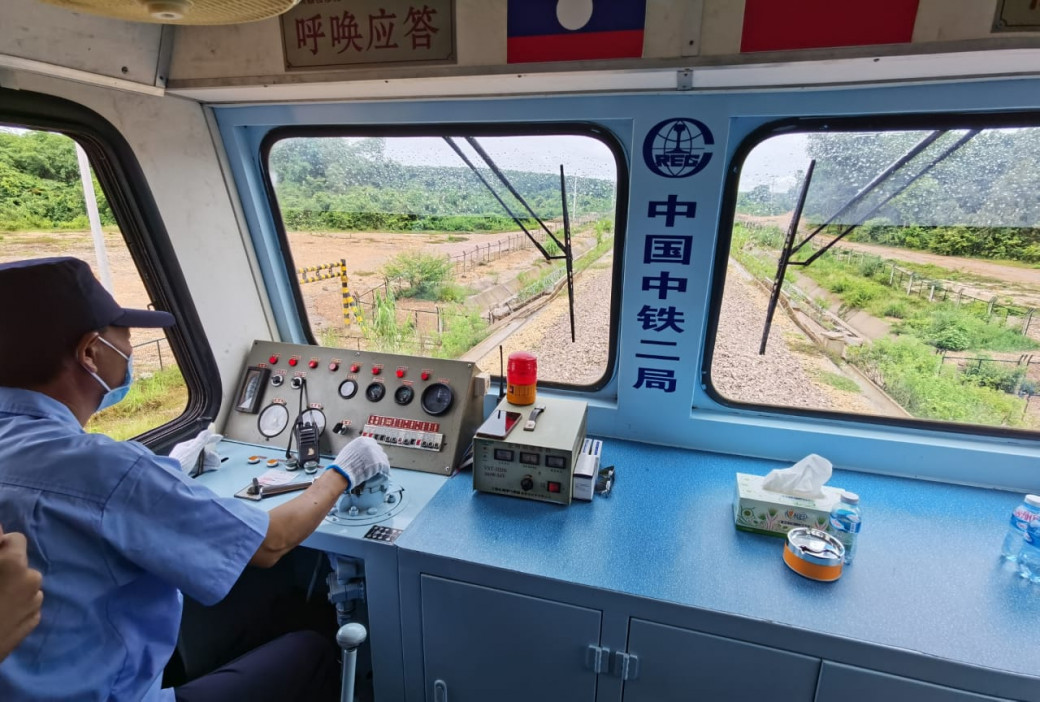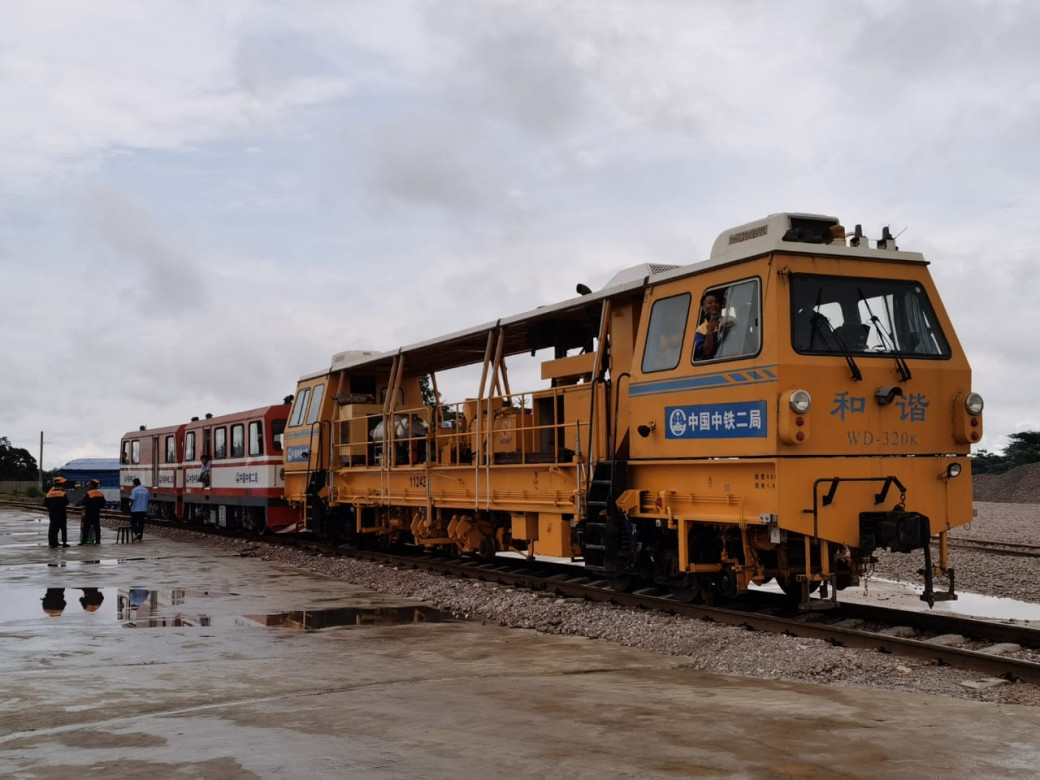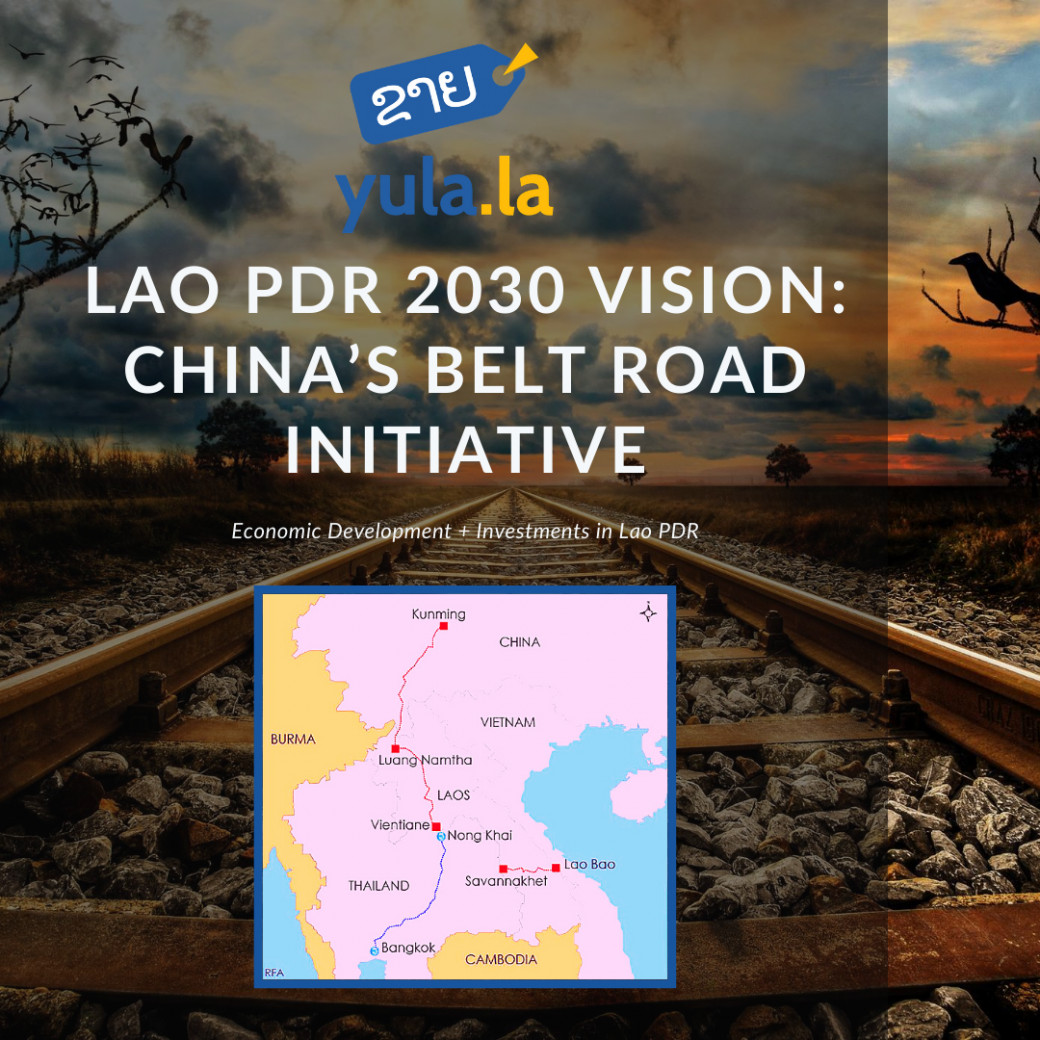Lao PDR 2030 Vision – China’s Belt Road Initiative
Jul. 13, 2020, 01:15 pm.The Belt and Road Initiative (BRI) is a massive undertaking by the Chinese government to strengthen its economic presence by improving transport and logistics infrastructure, trade, and socio-cultural exchanges across Asia, Africa, and Europe. The BRI is the big reason why there are new ports, roads, and railways being constructed in many developing nations. And Laos is one such country receiving much of the boon brought on by the biggest global infrastructure project to date.
If you are new to Laos or looking to move here, there are a few things you should know especially if you’re thinking about investing and starting a business.
Landlocked to Interconnected
Laos is a landlocked country surrounded by Thailand, Cambodia, Vietnam, China, and Myanmar. Because of this position, it can be difficult and expensive to ship products in and out of the country. However, in recent years, Laos’ logistics and transportation infrastructure has seen improvements to alleviate these challenges.
One of China’s Belt Road Initiative (BRI) projects, a 411-kilometer China-Laos railway, and the Vientiane-Boten will easily connect Laos with its surrounding ASEAN countries. The Vientiane-Boten railway will run in-between the most northern region of Laos bordering China’s Yunnan districts, to Boten, then into Vientiane.
The entire railroad track originates from Kunming, China, and will cross through Laos, Thailand, Malaysia, and finish in Singapore. This development is expected to significantly turn Laos’ landlocked limitations into an enviable logistics and transportation hub in the ASEAN region.
BRI projects are known to generate thousands of jobs in the course of their development and Laos is no exception. The Vientiane-Boten railway project has created more than 3,000 jobs for Lao nationals and is projected to generate more as the project progresses. As of September 2020, the Lao-China Railway has conducted its first test run on the tracks with a construction train just outside of Vientiane.


“Belt and Road News” reports that Leeber Leebouapao, Director General of the National Economic Research Institute strongly believes,
“The BRI will create favorable conditions for the Lao government to succeed in transforming the country from being landlocked to a land-linked hub, which has the potential to boost economic growth through increased domestic production, services, and foreign trade, as well as attract more foreign direct investment and enhance diplomatic relations.”
With a boost in economic development, this can mean more job opportunities for locals and an increasingly attractive business environment for foreign companies. As Laos prepares for a significant shift in its economy, new development projects focused on tourism and public infrastructure are on the rise. A few examples of current developments include the Vientiane Center, Parkson Center (Naga Mall), new modern hotels, Chinese funded hospitals, housing communities projects, new road infrastructures, and dam initiatives.
The Vientiane-Boten project is expected to be completed by 2021. Even with COVID-19 slowing down global supply chains and international travel, the railroad project was pursued as cases in Laos were significantly lower than its neighboring countries. Given the country’s gradual return to form, the Laos economy is forecasted to skyrocket as more foreign investment pour into economic zones, further infrastructure projects, and to develop Lao's first smart city, - projections expected to be realized anywhere from 2026 to 2030.
A few things this could mean for the country:
- A decrease in logistics and freight costs.
- Increase in competition within the housing and apartment market as development projects continue.
- Increase in foreign retail brands and local handicraft market as tourism and FDI increases.
- Increase in tourism-related activities with a target focus on eco-tourism activities and hotel developments.
- Increase in the demand for Chinese and English speakers within key industries.
- Increase in public transportation and road infrastructure, allowing for more cars on the road.
The BRI and Laos 2030 visions can expand socio-economic opportunities in Laos by providing more jobs, developing infrastructure, improving transportation, increasing tourism, and more. If you are an interested investor contact us today and view finance options here.

Disclaimer note:
This Blog/Web Site is made available by the firm for educational purposes only to give you general information and a general understanding of our selected written content, not to provide specific investment or legal advice. By using this blog site you understand that there is no client relationship between you and the Blog/Web Site publisher. The Blog/Web Site should not be used as a substitute for competent legal or investment advice.
 ລາວ
ລາວ  English
English  简体中文
简体中文  français
français  ไทย
ไทย 
